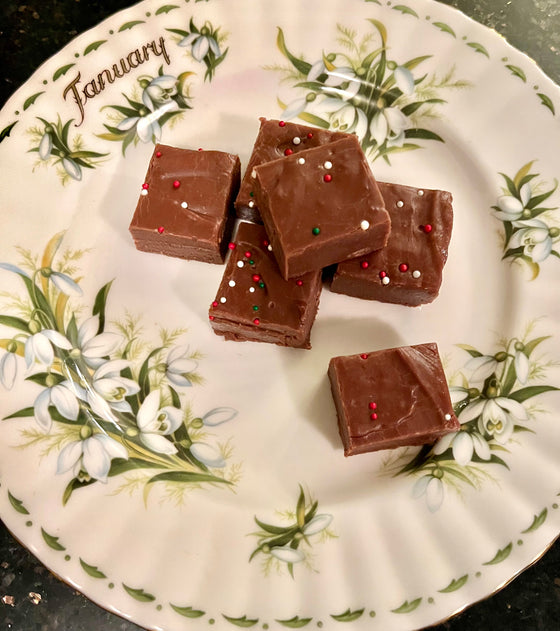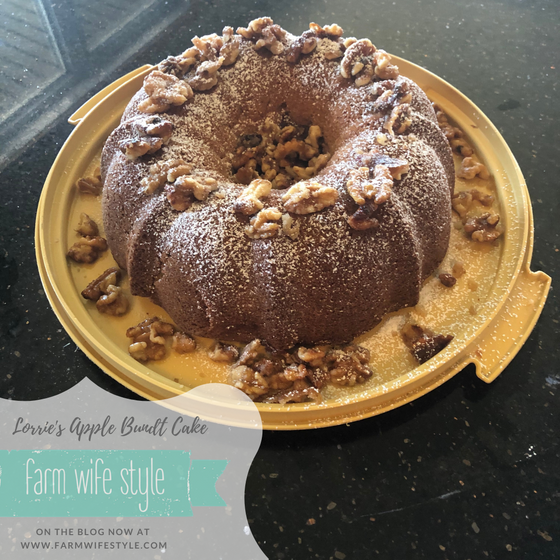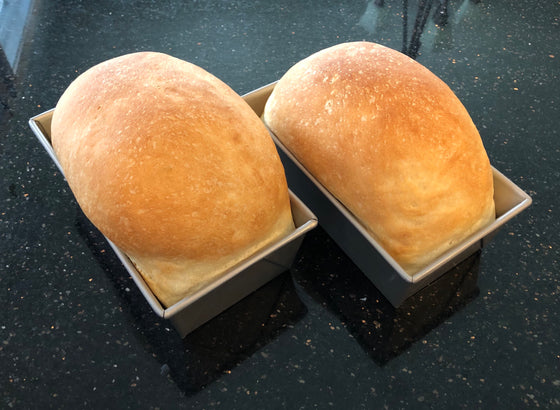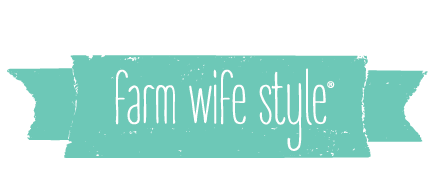Complimentary shipping on all orders over $150
Complimentary shipping on all orders over $150
April 12, 2018

You may have seen my Instagram story today where I was chatting about a) the disgusting cold April weather and b) feed for our cattle. I thought I'd follow it up with a blog post so it hangs around the internet a little longer.
We have three types of bales we handle for our herd: silage hay, hay and straw. The ones I have pictured here are all round bales we make with our round baler but we also have smaller squares we make up of hay and straw for hand feeding and bedding in the barn.

HAY BALES
Before I tell you about the bales, I'll give a small background on the baling process. I'll have another blog post that'll be more in-depth in the summer when I'm making hay but for now, enjoy this short explanation.
We make hay out of all kinds of grass: wild grassland, wetland (also referred to as slough hay) as well as fields that have been seeded with alfalfa. If there's grass growing and the field is in good shape, we can make hay with it.
First the hay is cut, then it's left on the ground in windrows to dry for a few days. After that, a large piece of machinery called a rake is used to flip the hay over so the other side can dry AND fold two windrows together so there are half the number of rows for the baler to pick up. Once that's done, the baler comes along and bales up the hay. We only make squares every three to four years so 95% of the time, we're baling with our large round baler.
Regular hay bales are what we feed our herd the majority of the time. Silage bales are great because they provide vitamins and minerals that regular hay doesn't produce as much of but because it's so rich, we don't use it as our main source of feed.
Every year we make around 4000 bales but we typically only need 1200-1500 for our own animals so we sell the rest as part of our income. This year has been especially hard for a lot of farmers because spring just isn't coming which means there's no grass for the animals to eat. When there's no grass growing and farmers are forced to buy feed during times they had planned on pasturing animals, it cuts into their bottom line. If we have a mediocre haying summer and winter comes early this year, we could be in another hay shortage situation which can affect the price of cattle and in the end, the price of meat at the grocery store.

SILAGE BALES
Silage bales are the ones that are wrapped either in rows of white plastic or individually like marshmallows. Silage bales are great supplement feed for animals because the plastic wrapping ferments the hay which creates a lot of rich nutrients within the bale. Today, in the bitter Alberta cold, I was cutting the plastic off the bales in order to feed them.
To make silage hay, the hay needs to be baled when it is still damp so there's moisture left in the grass that will allow the fermentation process to begin. If you wrap dry bales, they won't make silage because there's no moisture left in the grass to start the process so when we make silage bales, we cut the hay, leave it down for about a day to partially dry and then we rake and bale it right afterwards. Making silage bales is ideal when the hay is ready to be cut but the weather won't cooperate and let it dry out.
Silage bales can also be made from grain crops. Once they're swathed, instead of combining and separating the grain from the shaft (that'll be another blog post) the swaths are baled and the bales are wrapped up. Some farmers choose to make their silage in pits as well, they're usually three sided with walls made of dirt, wood or tires and they're covered with a large silage tarp. This is another good way to make grain silage and it just depends on the way you feed your animals as to which method you would choose. We have a bale processor which is like a large wood chipper so we choose to make silage in bale form because the processor picks up and feeds one bale at a time.

STRAW BALES
Straw bales aren't used for feed, there's not a lot of nutrition left in straw because straw is made up of all the shafts of the grain stems. Like I said before, I'll explain more about this process in another post but the grain itself is harvested with the combine and what's left behind is baled up and used for bedding in the cold winter months.
Straw can be tricky because when it's spit out of the combine, it's usually shredded pretty small so a good baler is imperative to be able to pick up the fine pieces and bale them together. Because of this, moving and loading straw bales is also more difficult than hay.
Straw is also crucial at times like these because during the spring months is when we are calving out our cows. When there's still snow on the ground and it's cold, the cows need something warm and dry to lay on especially during calving season. When the babies are born, they're full of amniotic fluid and if it's cold outside, they can risk having their ears and tails frozen off if they aren't dry fast enough. On our farm, straw is very important for the bedding piles and shelters.
So that's feed on our farm in a nutshell! I hope you enjoyed reading about it, I'll have more exciting Farming 101 posts coming up about calving, lambing, combining, haying, and seeding crops just to name a few. If there's something you'd like to know about, let me know if the comments below!
Best from cold, snowy Alberta, cheers friends!

Comments will be approved before showing up.

December 17, 2021

November 29, 2020
LORRIE'S APPLE BUNDT CAKE
Today I'm going to share with you a recipe from my childhood best friend's mom. Her name was Lorrie and she is also the aunt of my sister-in-law, Jill. She was an amazing cook and ran a catering company for years. Jill makes another of her famous dishes, creamed carrots with cheese, every time we have a family dinner and they're so delicious.

April 03, 2020 2 Comments
Join the Club!

Sign up below for 10% off your first order and be on the list to receive exclusive newsletter extras!
